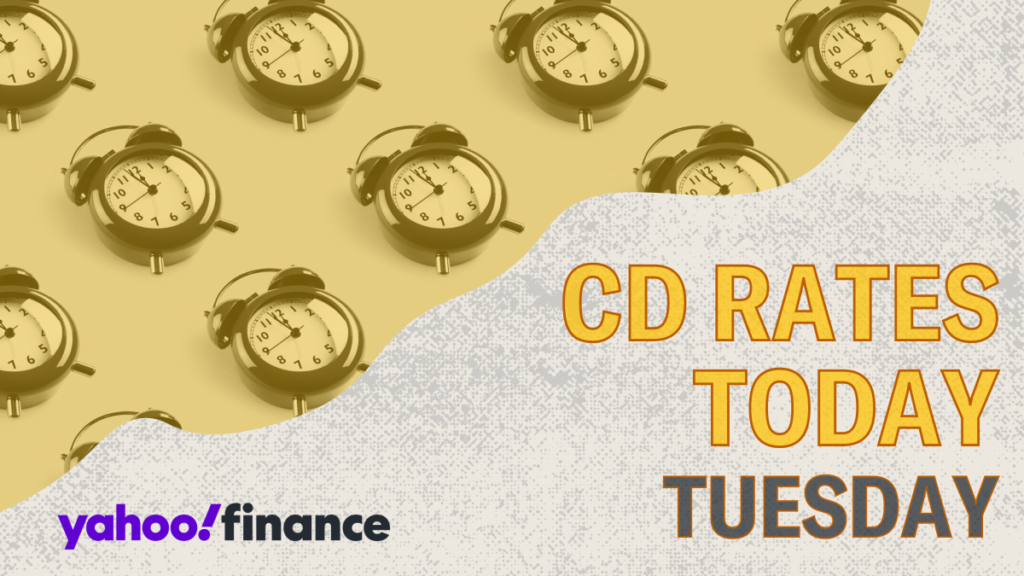The Federal Reserve has enacted two reductions in the federal funds rate in 2023, resulting in a downward trend for deposit account rates. Despite this, there is an opportunity for consumers to secure competitive returns on certificates of deposit (CDs) that can help maintain their earning power. As of November 2024, even amidst declining rates, many banks are still offering yields of over 4% on their CDs, particularly those with short-term durations of six to twelve months. For consumers seeking to make the most of their savings in a fluctuating interest rate environment, it is crucial to be informed about current CD rates and identify the best offers available in the market.
The current landscape for CD rates shows a distinct advantage over traditional savings accounts, with top short-term CDs earning between 4.00% and 4.50% APY. Medium-term CDs, ranging from one to three years, maintain similar attractive levels, but rates may decline slightly for longer terms. Notably, Synchrony is offering the highest CD rate—4.30% APY—on a nine-month CD with no minimum opening deposit required, indicating that there are advantages to be found in a variety of CD options. For individuals looking to invest their savings effectively, researching these offerings can yield significant benefits.
Historically, the performance of CD rates mirrors the economic circumstances of their time. In the early 2000s, elevated rates were a result of a booming economy, which ultimately gave way to a steep decline following the financial crisis of 2008. In the wake of that crisis, the Federal Reserve took measures to foster economic recovery, drastically slashing rates and leading to very low averages for CDs by 2009, hovering around 1% APY for one-year CDs and less than 2% APY for five-year CDs. The extended period of falling rates persisted into the 2010s, largely because the Fed maintained a near-zero benchmark interest rate to support growth post-recession, which kept CD returns at historically low levels.
A turning point occurred between 2015 and 2018, when rising interest rates marked a slow yet positive shift in CD yields, optimizing returns as the economy gained strength. The COVID-19 pandemic then reversed these bullish trends through emergency rate cuts, further depressing the availability of competitive CD returns. Nonetheless, as the economy transitioned out of the pandemic phase and inflation escalated, the Fed implemented a series of rate hikes from March 2022 to July 2023 to combat inflation, which simultaneously lifted APYs on savings tools, including CDs, to more favorable positions. By September 2024, following a rate cut due to perceived stability in inflation, the market began to witness a gradual decline in rates from their recent peaks, although today’s CD rates remain historically robust.
The relative performance of long-term versus short-term CDs is an essential aspect of understanding interest rates in the current financial climate, as traditional expectations have been skewed. Previously, longer-term CDs tended to yield higher returns as a reward for the risk of locking money away longer; however, contemporary market conditions reveal that the highest average CD rates pertain to shorter-term offerings, suggesting a flattening or inversion of the yield curve. This signifies potential investor uncertainty about future interest rates and necessitates diligence on the part of savers when selecting the appropriate CD term that aligns with their financial goals.
In addition to high APYs, there are other critical aspects consumers should assess when choosing a CD. Establishing personal savings goals is paramount; knowing how long one is comfortable with their funds being inaccessible can steer decisions regarding the term length. It’s also imperative to explore rates across various financial institutions, as online banks often provide superior rates due to lower operational costs. Furthermore, evaluating the terms of the CD contract as well as considering the impact of inflation on fixed returns will be integral to making sound financial decisions that optimize savings for the future. Overall, taking the time to research and choose the right CD can result in substantial financial benefits in a complex interest rate landscape.

